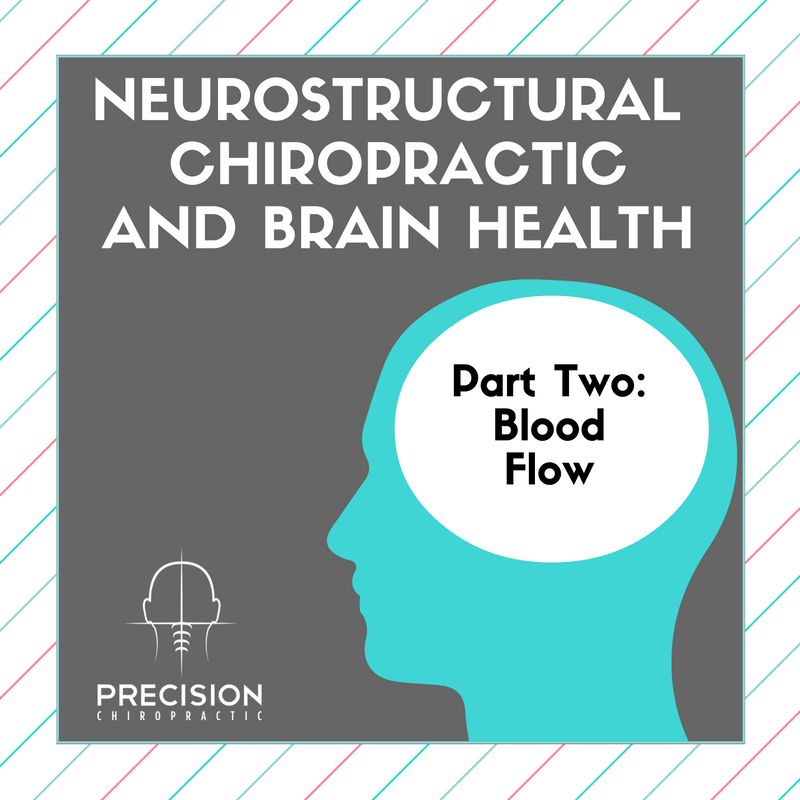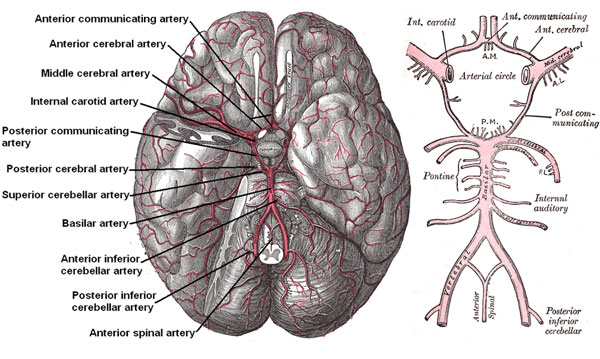
Part two of our Healthy Brain series is about blood flow. (If you missed part 1, check it out here). If our body is an orchestra made up of our many cells, tissues, and organs, the brain is the conductor that runs the show. The brain makes up only about 2% of our total body weight, but it uses approximately 20% of our body’s overall blood supply and 25% of the body’s oxygen supply. This is because of the sensitivity of our brain tissue to lack of oxygen. The brain is our body’s top priority when it comes to blood supply – even if other organs and tissues are in need of blood, our bodies will make every attempt to provide the brain with a constant flow of blood to keep neurons alive and functioning.
Normal blood flow brings necessary, life-sustaining nutrients to the brain:
- Oxygen
- Carbohydrates
- Amino Acids
- Fats
- Hormones
- Vitamins
Normal blood flow also allows waste products to be flushed out of the brain tissue:
- Carbon Dioxide
- Ammonia
- Lactate
- Hormones
Anatomy of Our Brain’s Blood Supply
Blood is brought into the brain by two pairs of arteries – the vertebral arteries and the internal carotid arteries. These arteries all end up joining together at the base of the brain near the brainstem to form a ring called the Circle of Willis.

Why a ring? This shape provides what is called redundancy of blood supply – a safety mechanism to ensure that the brain’s blood supply is not easily compromised. If, for some reason, there is a blockage in one artery, the circle allows for alternative routes, so to speak.
Blood supply to and from the brain can be compromised in several ways. The one most people think about most commonly is atherosclerosis, or plaques that narrow and obstruct the arteries. Another way blood supply can be compromised is from the Atlas Displacement Complex, a very specific Structural Shift in the spine. The atlas is located at the base of the skull, in the same area as the brainstem and Circle of Willis. When it misaligns, it can cause Secondary Conditions like hearing problems, impaired sense of smell, headaches, migraines, dizziness, and high or low blood pressure. Some research being done regarding potential causes of Multiple Sclerosis is also taking an in-depth look at impaired blood flow to the brain.
If an abnormal shift of the atlas vertebra is left uncorrected over a long period of time, it can create a chronic state of subclinical oxygen deprivation of the brain. When the necessary Structural Correction is made, blood flow is allowed to return to normal, giving the neurons in the brain the oxygen and nutrients they need to thrive.


























































